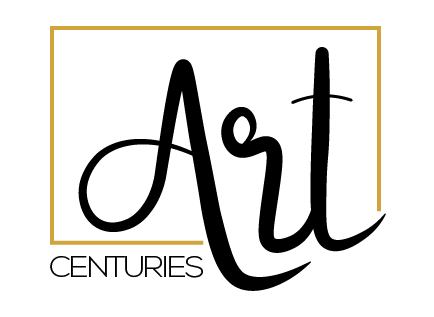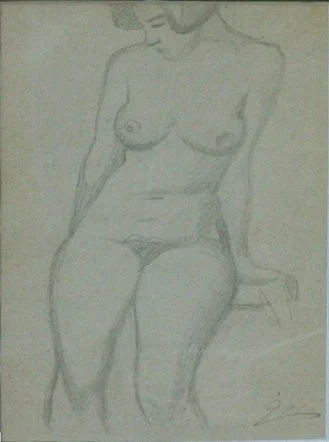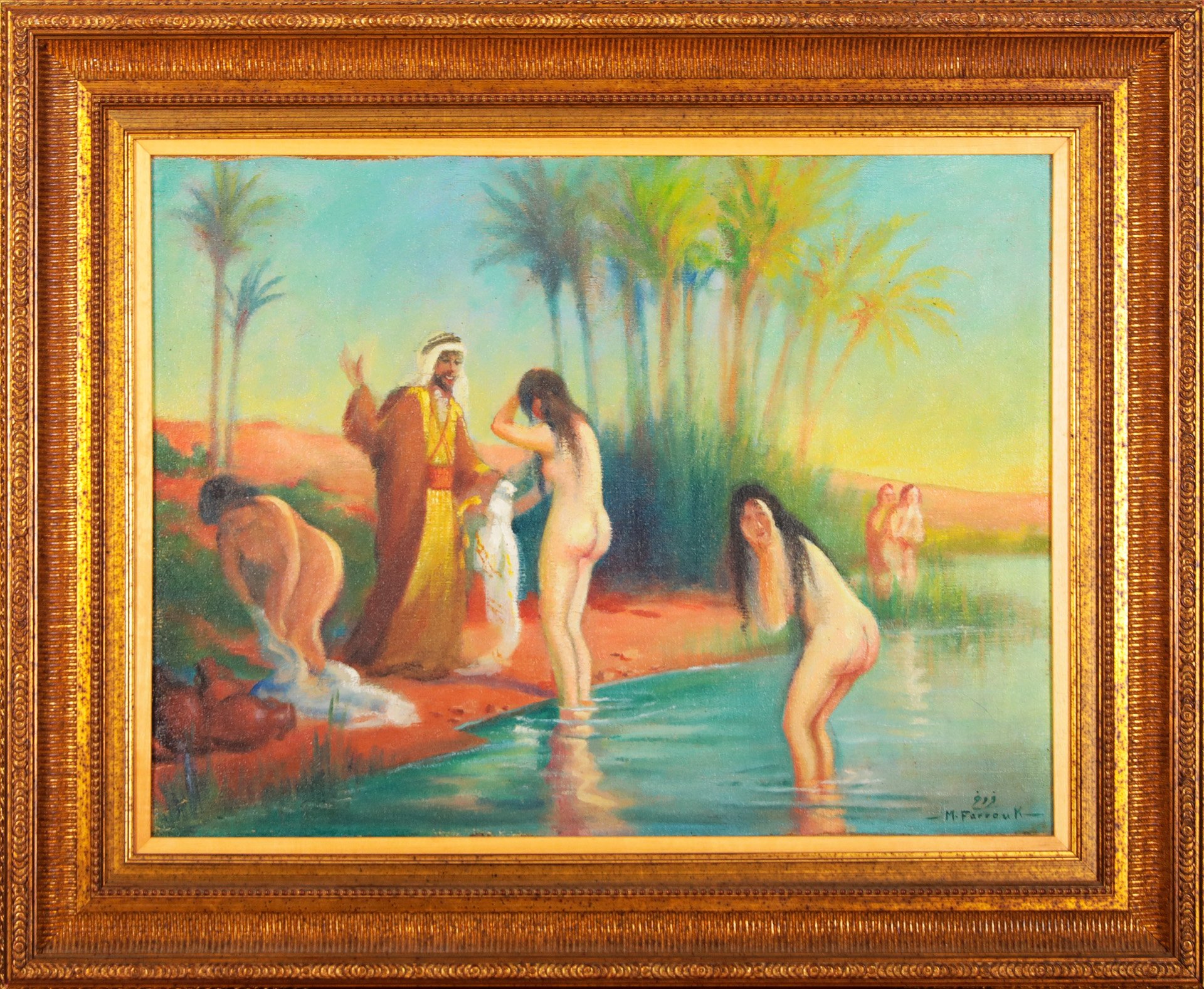Moustafa Farroukh
Moustafa Farroukh "Nude Woman"
17 x 11 cm , drawing in graphite pencil, signed
Moustafa Farroukh « Les Baigneuses de Darat Jouljoul »
64 x 48 cm, oil on canvas
Moustafa Farroukh (1901-1957) was a renowned Lebanese painter known for his contributions to the art world during the early to mid-20th century. He was born in Lebanon and later pursued his artistic education in Rome and Paris, where he honed his skills and developed a unique artistic style.
Farroukh's paintings often depicted scenes from Lebanese and Middle Eastern life, capturing the essence of the region's cultural heritage. He was particularly skilled at portraying the beauty and grace of the people he encountered, often highlighting their expressions and emotions with great sensitivity.
His works varied in subject matter, ranging from landscapes and cityscapes to intimate portraits and genre scenes. Farroukh's use of oil on canvas allowed him to create rich and vibrant colors, adding depth and vitality to his compositions. His attention to detail and mastery of light and shadow added a sense of realism to his paintings, making them both visually captivating and emotionally evocative.
Throughout his career, Farroukh participated in numerous exhibitions, both in Lebanon and abroad, gaining recognition and acclaim for his artistic talent. His contributions to the Lebanese School of painting and his representation of Middle Eastern culture continue to be appreciated and celebrated by art enthusiasts and collectors around the world. Moustafa Farroukh's legacy as a prominent figure in Lebanese art history remains an enduring testament to his artistic skill and dedication.


